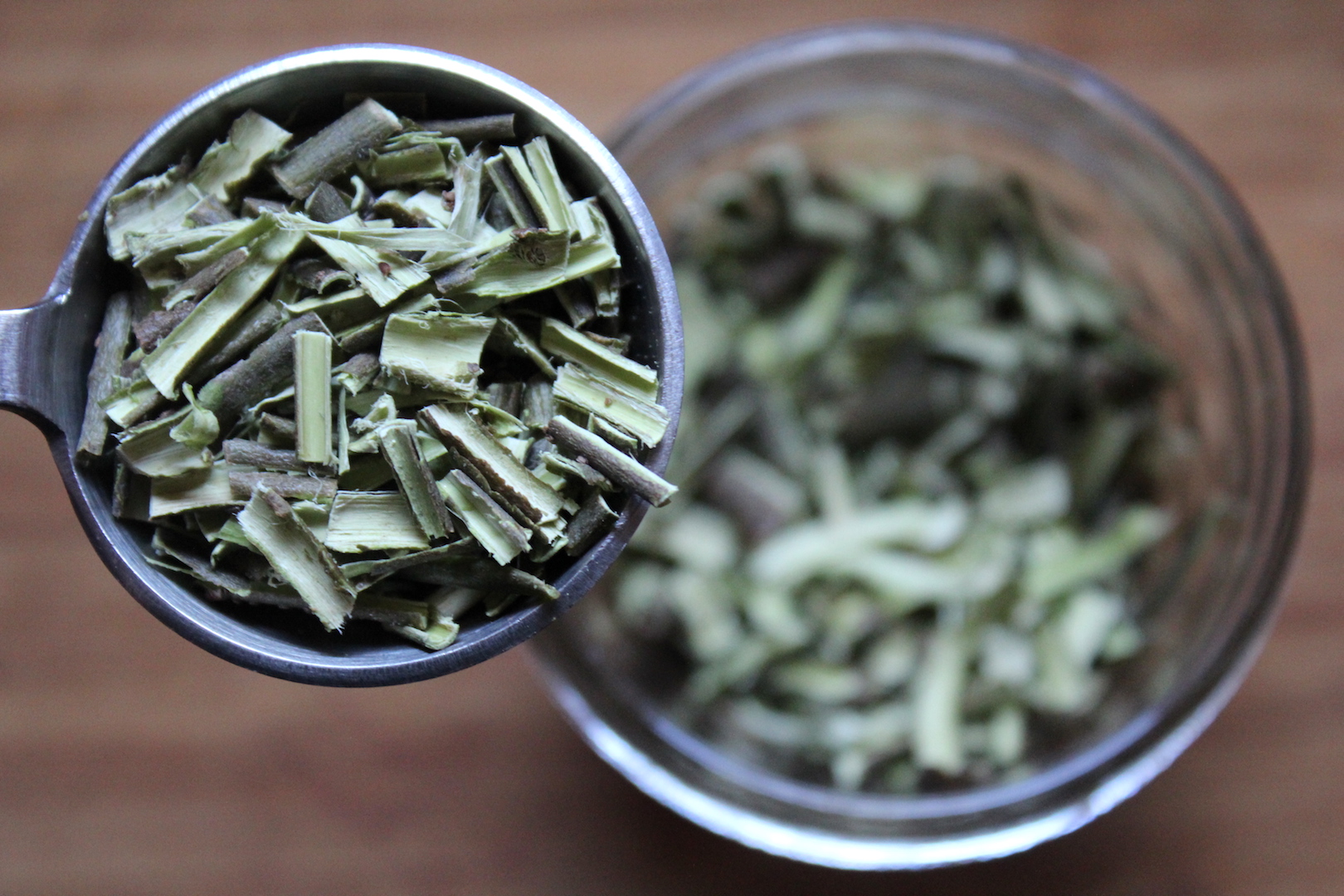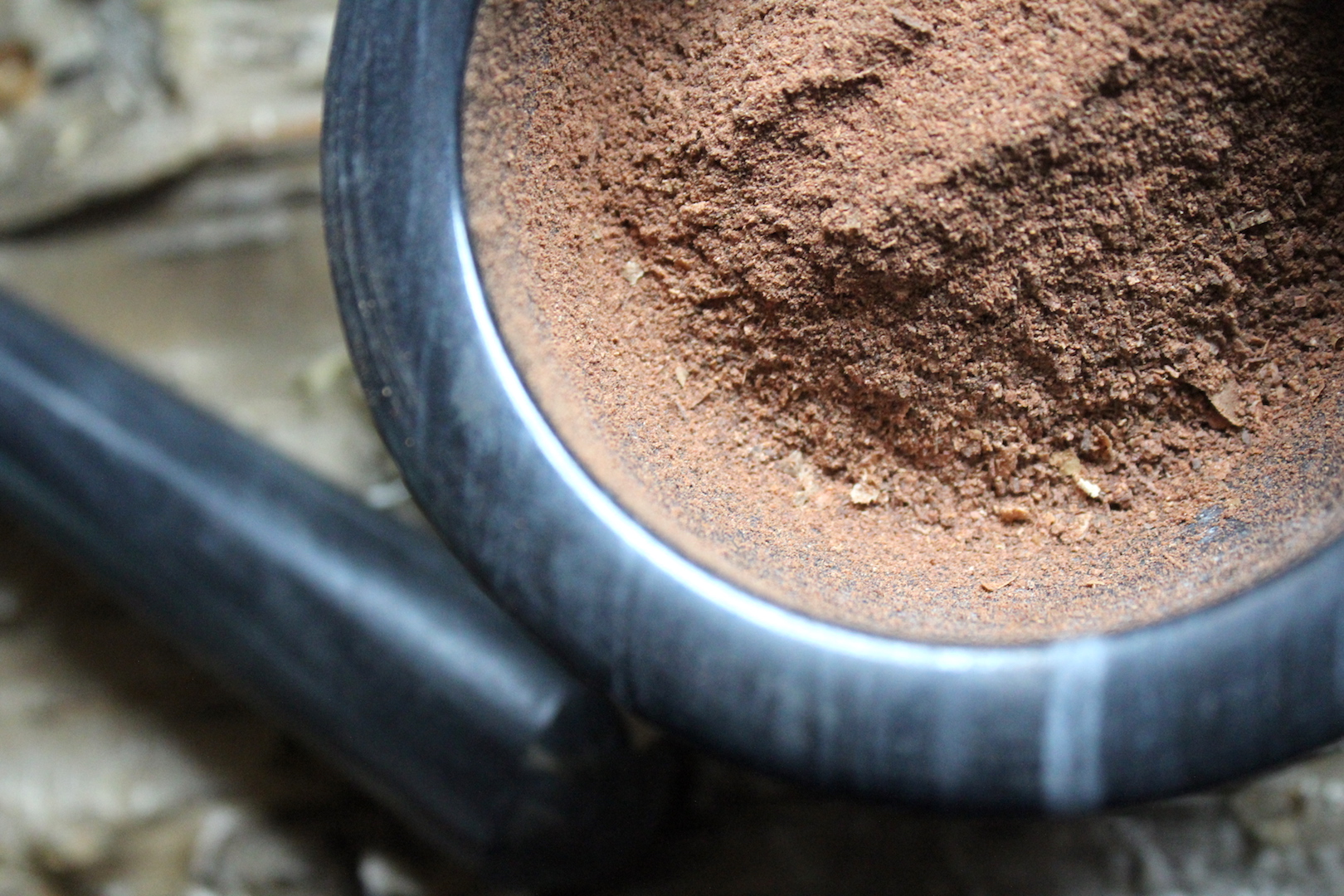Ground Bark: The Ultimate Guide To Using This Natural Mulch
Title: Ground Bark: The Ultimate Guide to Using This Natural Mulch
Introduction:
Ground bark mulch is a natural and versatile material that can be used to improve the health and appearance of your garden. It is made from the ground-up bark of trees, such as pine, cedar, and hemlock. Ground bark mulch has many benefits, including:
- Retaining moisture: Ground bark mulch helps to retain moisture in the soil, which can help to prevent plants from drying out.
- Suppressing weeds: Ground bark mulch can help to suppress the growth of weeds by blocking out sunlight.
- Attracting beneficial insects: Ground bark mulch can attract beneficial insects, such as ladybugs and spiders, which can help to control pests.
- Improving soil quality: As ground bark mulch decomposes, it releases nutrients into the soil, which can help to improve soil quality.
Main Content:
Choosing the right type of ground bark mulch:
There are many different types of ground bark mulch available, so it is important to choose the right type for your needs. Some factors to consider include the color, texture, and size of the mulch. You should also consider the pH of the soil in your garden. For example, if you have acidic soil, you will want to choose a ground bark mulch that is alkaline.
Applying ground bark mulch:
Once you have chosen the right type of ground bark mulch, you need to apply it correctly. The depth of the mulch layer will depend on the type of plants you are growing. For example, you will need to apply a thicker layer of mulch around shrubs and trees than you would around annuals.
Caring for ground bark mulch:
Ground bark mulch is a low-maintenance material, but there are a few things you can do to keep it looking its best. You should rake the mulch occasionally to remove any leaves or debris. You may also need to add more mulch every few years to replace the material that has decomposed.
Advantages and disadvantages of ground bark mulch:
Ground bark mulch has many advantages, but there are also a few disadvantages to consider. Some of the advantages of ground bark mulch include:
- It is a natural and sustainable material.
- It is relatively inexpensive.
- It has many benefits for plants.
Some of the disadvantages of ground bark mulch include:
- It can be difficult to find in some areas.
- It can be heavy to transport.
- It can be dusty when it is first applied.
Conclusion:
Ground bark mulch is a versatile and beneficial material that can be used to improve the health and appearance of your garden. It is a natural and sustainable material that is relatively inexpensive. Ground bark mulch has many benefits for plants, including retaining moisture, suppressing weeds, attracting beneficial insects, and improving soil quality. If you are looking for a natural and effective way to improve your garden, ground bark mulch is a great option.
Visit our website Garden Wiki for more information about ground bark. We have a wide variety of ground bark products available, including oak, pine, and birch. We also offer a variety of other natural products, such as essential oils and herbs.
Learn more about the benefits of ground bark and how it can be used for a variety of purposes, such as a natural air freshener, insect repellent, and skin care product. We also have a blog where you can find more information about ground bark and other natural products.
Visit our website today and learn more about the benefits of ground bark!
FAQ of ground bark
What are the benefits of ground bark?
Ground bark has many benefits for gardens, including:
- Improves drainage and aeration. The bark breaks down over time, creating small air pockets that help to improve drainage and aeration in the soil. This can help to prevent root rot and other problems caused by waterlogged soil.
- Retains moisture. The bark also helps to retain moisture in the soil, which can be helpful in hot, dry climates. This can help to keep plants healthy and reduce the need for watering.
- Suppresses weeds. The bark can help to suppress weeds by blocking out sunlight and providing a physical barrier. This can help to reduce the amount of weeding that you need to do.
- Attracts beneficial insects. The bark can attract beneficial insects, such as ladybugs and spiders, which can help to control pests in your garden.
- Improves the appearance of your garden. The bark can add a natural, earthy look to your garden. It can also be used to create borders, paths, and other features.
What type of ground bark is best for my garden?
The best type of ground bark for your garden will depend on the climate, the type of plants you have, and your personal preferences. Some popular types of ground bark include:
- Cedar bark: Cedar bark is a good choice for gardens in hot, dry climates. It has a pleasant cedar scent and helps to repel pests.
- Pine bark: Pine bark is a good choice for gardens in cool, moist climates. It is a good source of nitrogen and helps to improve drainage.
- Eucalyptus bark: Eucalyptus bark is a good choice for gardens in warm, dry climates. It has a strong, pleasant scent and helps to repel pests.
How much ground bark should I use?
The amount of ground bark you need will depend on the size of your garden and the type of plants you have. A good rule of thumb is to use 2-3 inches of ground bark around your plants.
How do I apply ground bark?
To apply ground bark, simply spread it evenly around your plants. You can use a rake or a shovel to help you spread the bark.
How often do I need to reapply ground bark?
You will need to reapply ground bark every few years as it breaks down. You can also add more bark if it becomes thin or sparse.










Post a Comment for "Ground Bark: The Ultimate Guide To Using This Natural Mulch"